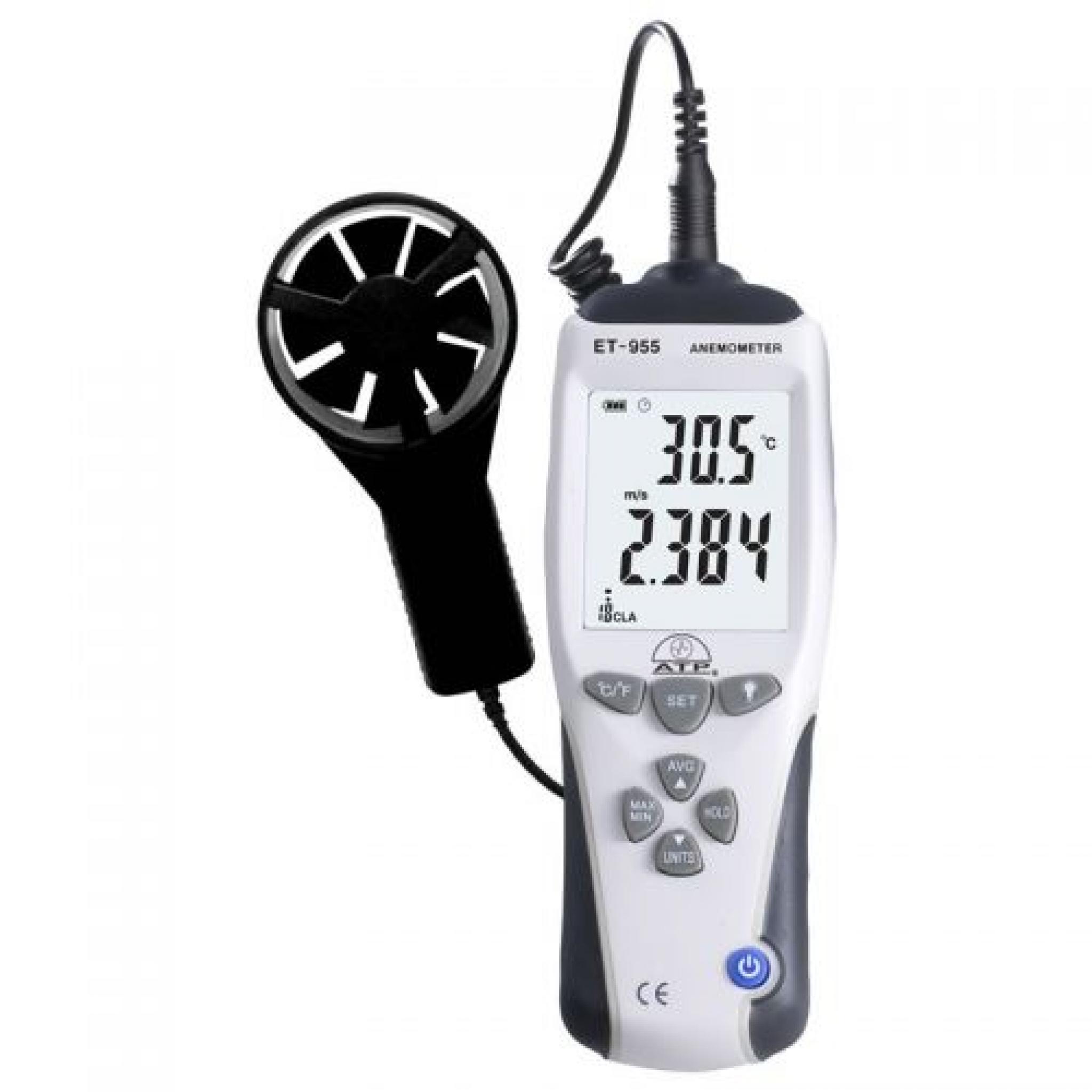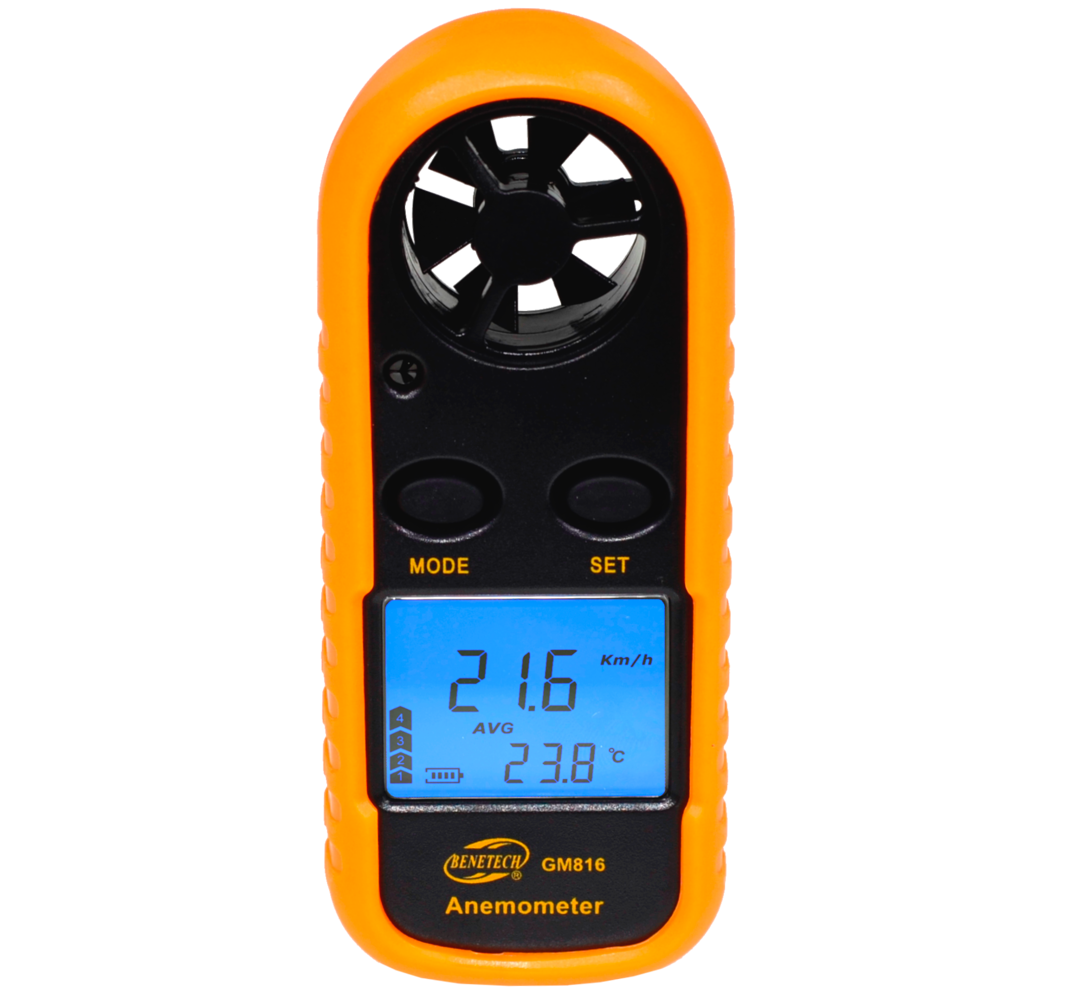

In exhaust systems, a negative static pressure will exit on the inlet side of the fan. In pressure or supply systems, static pressure will be positive on the discharge side of the fan. In air conditioning work, this pressure is also measured in inches w.c. Known as static pressure, it act equally in all directions. It s independent of air velocity or movement. In operating duct systems, a second pressure is always present. It is measured in inches of water column (w.c.) or water gage (w.g.). Because of this, a flag or streamer will stand out in the air stream. When force or pressure from the fan blades causes the air to move, the moving air acquires a force or pressure component in its direction or motion due to its weight and inertia. They work by imparting motion and pressure to the air with either a screw propeller or paddle wheel action. To move air, fans or blowers are usually used. However, in these fields the common units of velocity and volume are sometimes different from those used in air conditioning work. The same principles used to determine velocity are also valuable in working with pneumatic conveying, flue gas flow and process gas systems. Velocity or volume measurements can often be used with engineering handbook or design information to reveal proper or improper performance of an airflow system. Volume flow is usually measured in cubic feet per minute (CFM). By multiplying air velocity by the cross section area of a duct, you can determine the air volume flowing past a point in the duct per unit of time. In this field, air velocity (distance traveled per unit of time) is usually expressed in feet per minute (FPM). According to one report, reacting to oncoming wind before it reaches a turbine improves power production by about 10%.In air conditioning, heating and ventilating work, it is helpful to understand the techniques used to determine air velocity.

The base unit, housed in a separate assembly, can be mounted inside the turbine’s nacelle. The system is comprised of a base laser and a remote lens. It transmits that data to the controls in time (20 sec of lead time for a 35-mph wind) to reorient the turbine. This sensor looks 300m ahead of the turbine to measure wind speed and direction as it approaches the turbine rotor.

One laser wind sensor mounts atop the turbine nacelle (pointing through the rotor) to measure real-time horizontal and vertical wind speed and directions in front of the turbine. Laser-based wind sensors use laser Doppler velocimetry – an optical remote-sensing technique similar to Doppler radar – to measure minute frequency changes of light reflected by microscopic air particles moving with the wind, which precisely determines wind speed and direction. Sodar units are reported to have performed well in tests. Sodar uses short-wavelength sound waves to measure the Doppler shift of emitted sound and calculate wind speeds. Users can often access data in real time from a computer over a satellite wind-data service. Readings from these devices look like anemometry results and so need no expert analysis. One model runs on as little as 7 W from a battery recharged by a solar panel, and it can be relocated by one man with a truck. The unit is said to work unattended to capture accurate wind data at turbine heights in any weather and location. This latter device, also called a sonic wind profiler or a sodar (sound detection and ranging) unit, detects wind speeds and directions at several levels up to about 300 m. Larger, ground-mounted sonic instruments, however, can take the place of a met tower and measure wind speed and direction at several elevations. In the cases above, the instruments are small enough to mount on a nacelle. Without moving parts, measurement is said to be immediate and precise. Measurement times are affected by the wind speed and direction blowing along the line between the transducers. The wind speed is calculated from the time it takes the ultrasound to travel to the opposite transducer. A microprocessor measures the time it takes to travel to a ‘South’ transducer.

On a typical sonic anemometer, a transducer sends a pulse of ultrasonic sound from a ‘North’ facing side of the sensor. Ultrasonic sensors function without moving parts. Second Wind’s Triton wind profiler uses sodar to collect wind data.


 0 kommentar(er)
0 kommentar(er)
